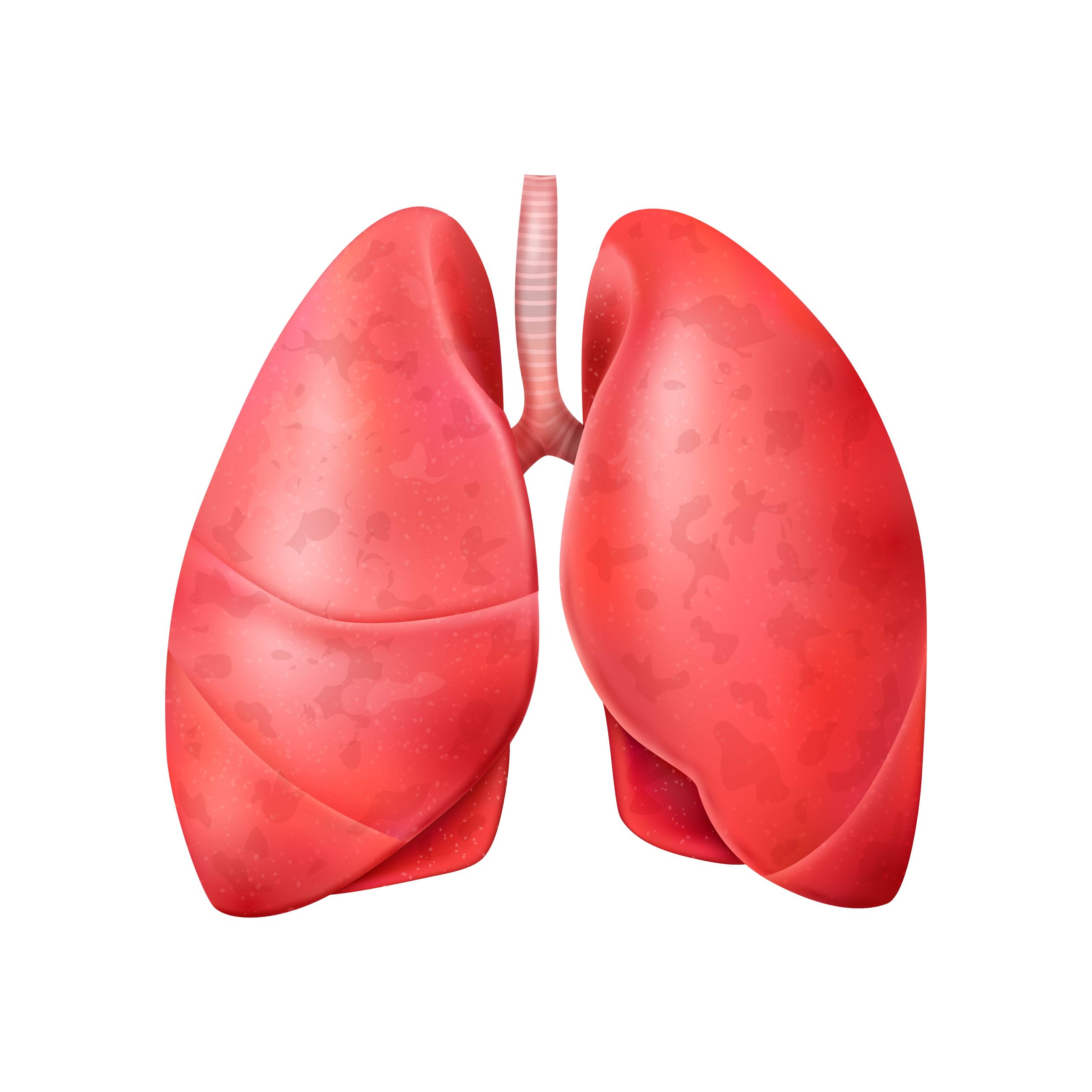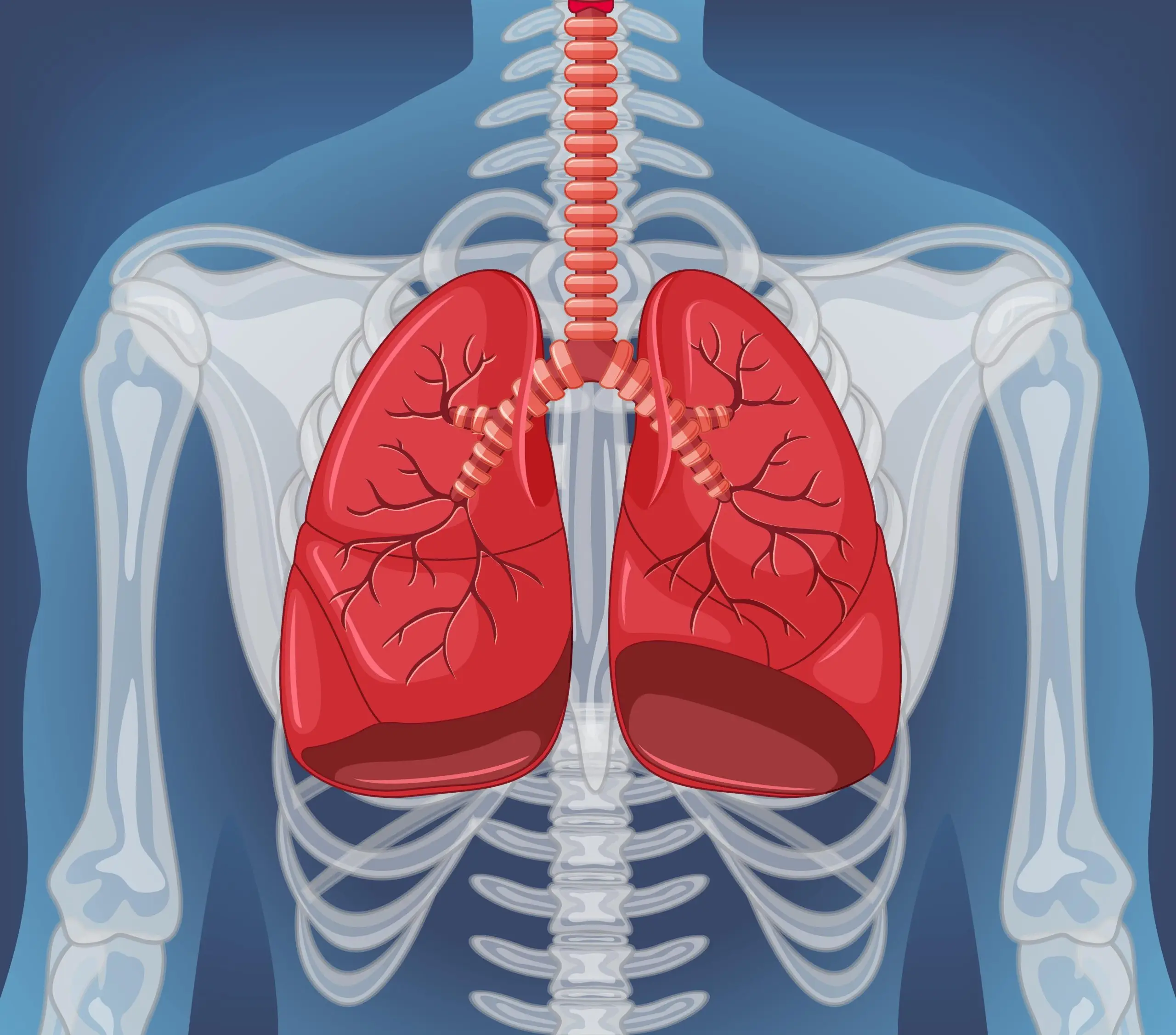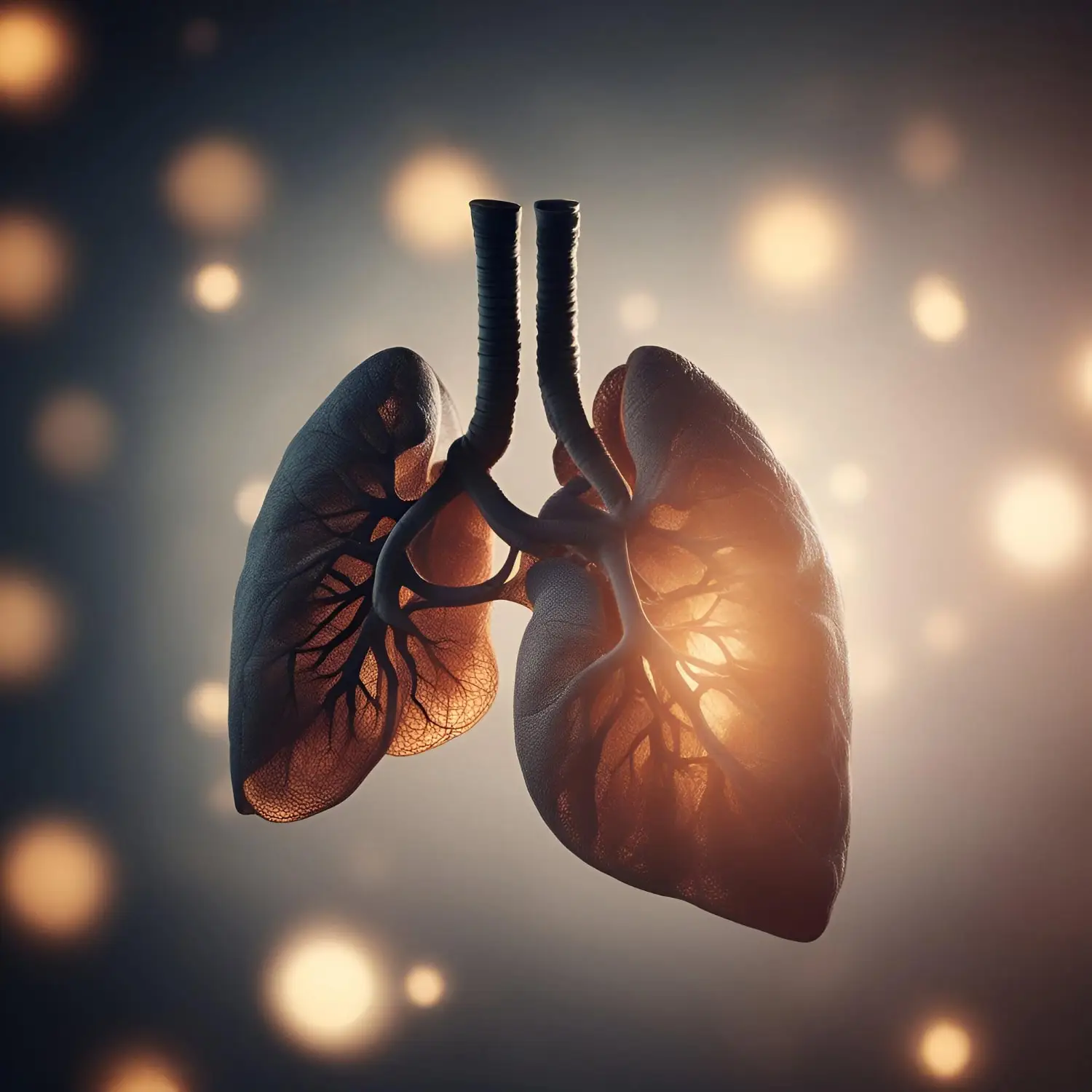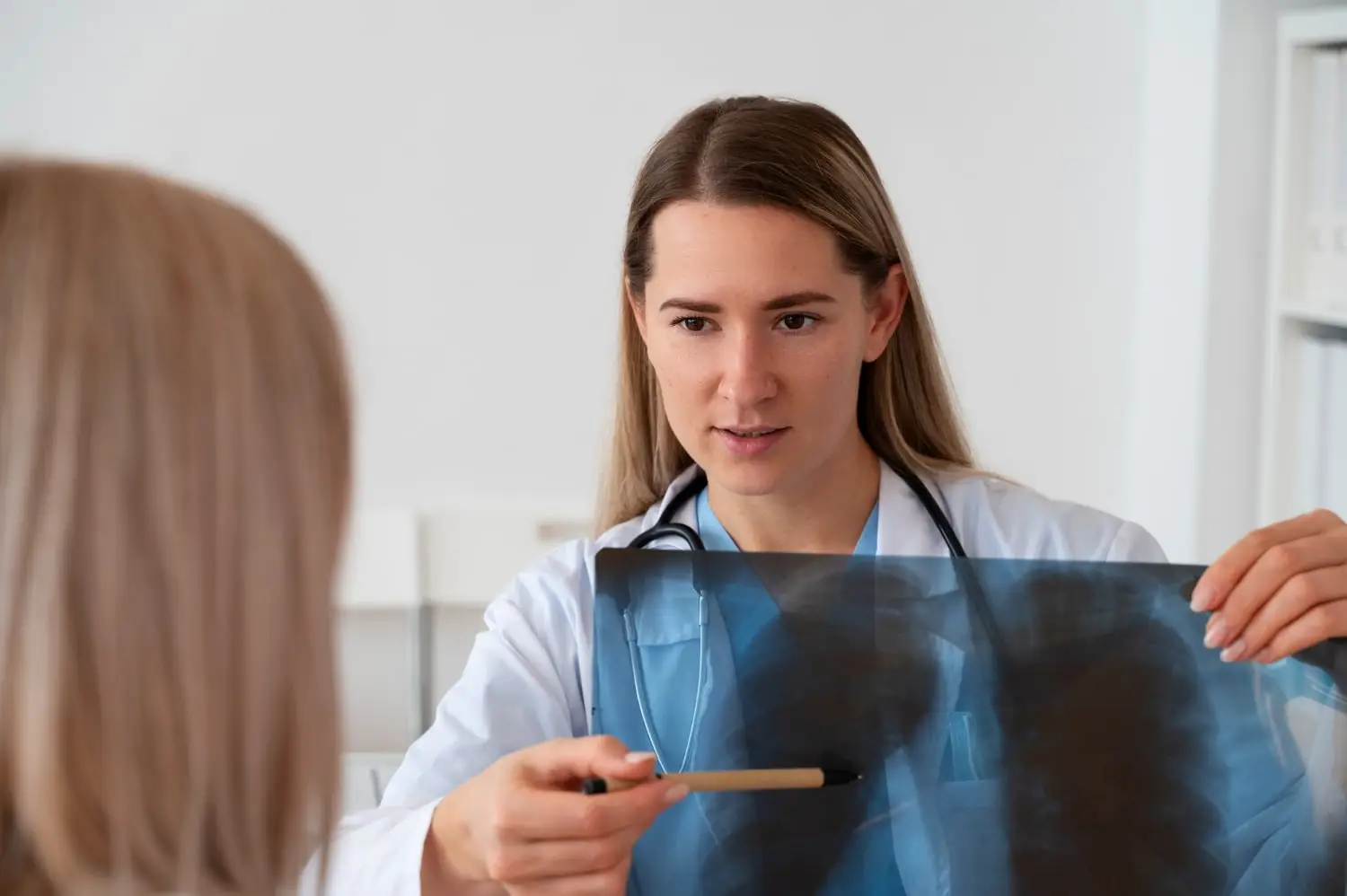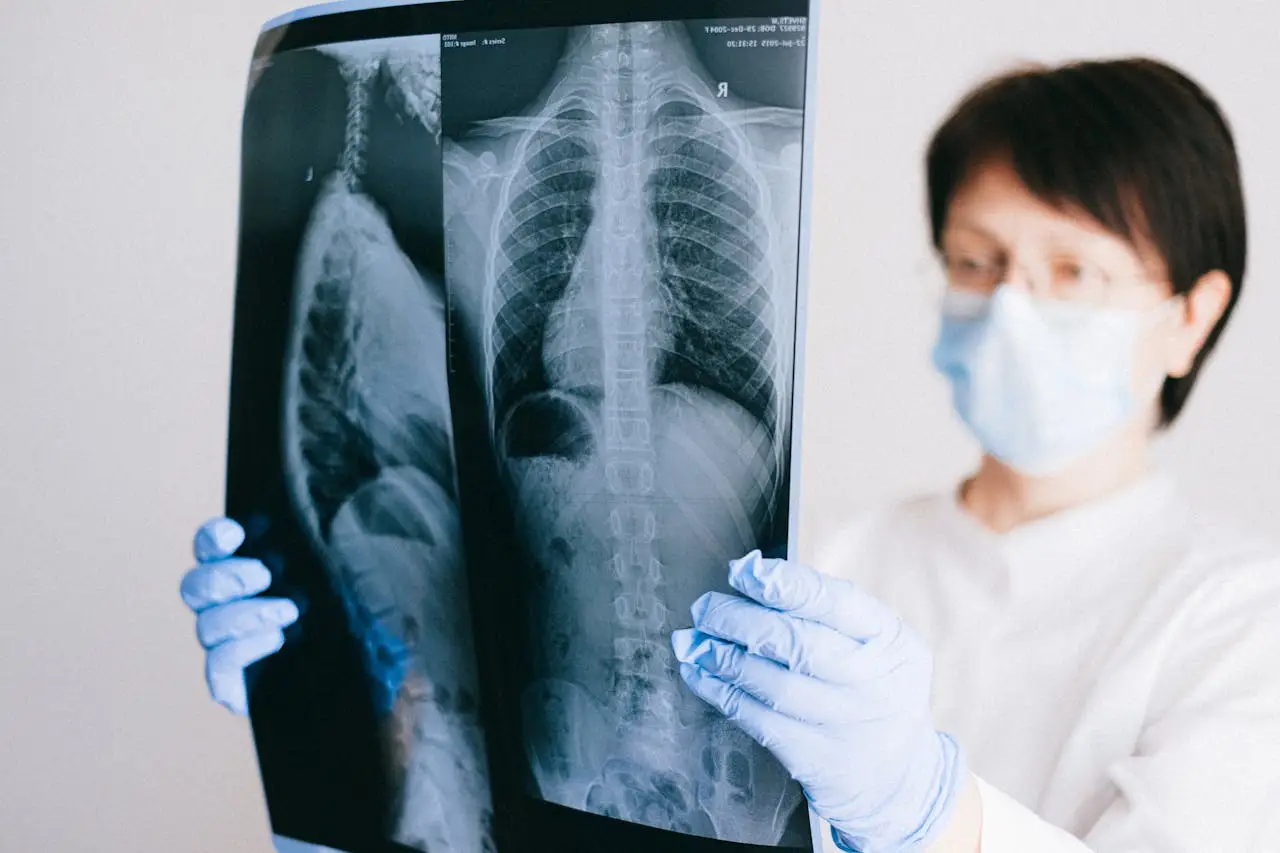What happens if one lung is removed? Our lungs play a vital role in maintaining our life. This role involves distributing oxygen from the inhaled air throughout the body and removing carbon dioxide accumulated in the blood during exhalation. Every healthy individual has two lungs, located on the right and left sides of the chest cavity. However, certain health issues or trauma from accidents may lead to the removal of one lung. This procedure is medically referred to as pneumonectomy. So, what happens if one lung is removed?
What Happens if One Lung is Removed? Can the Body Adapt to Living with One Lung?
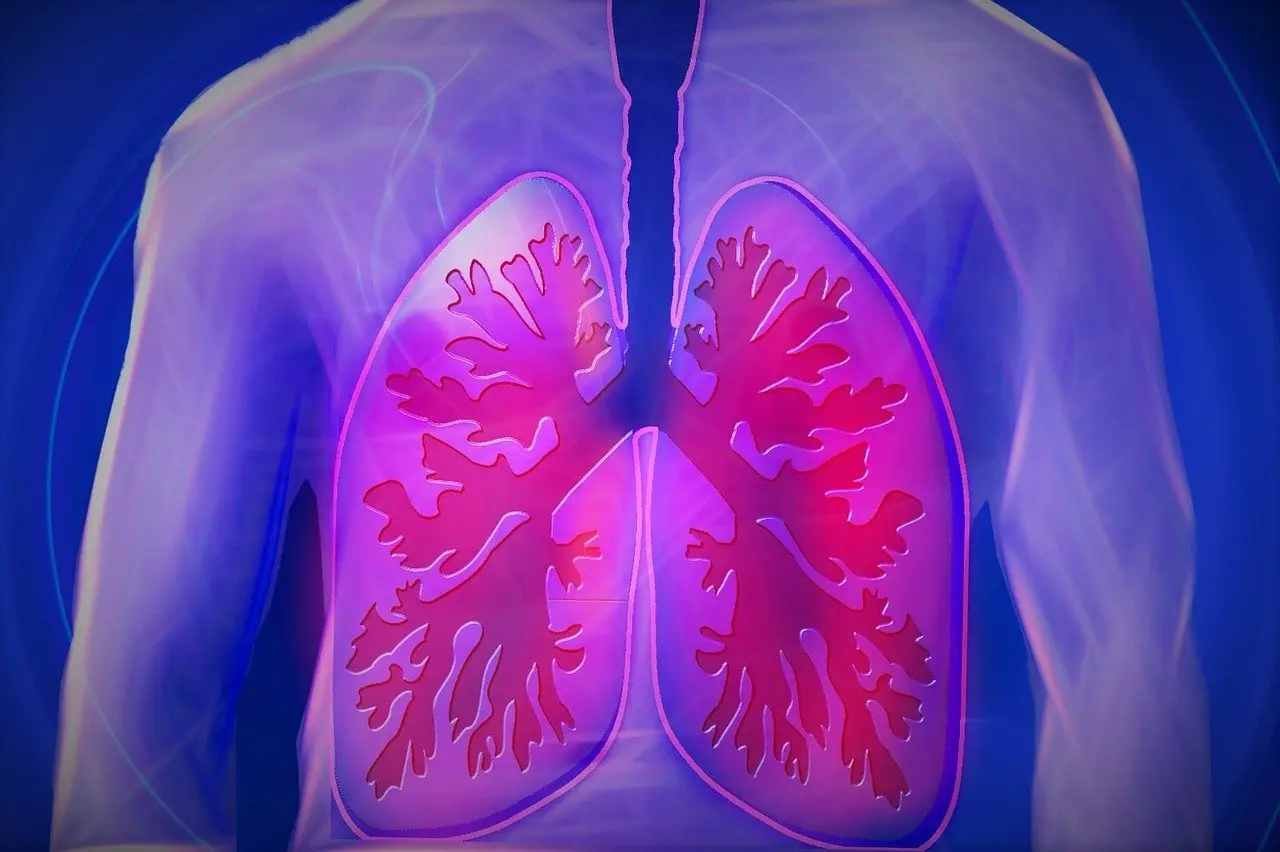
The lungs are the organs responsible for respiration in our body. While conditions like lung nodules generally do not require intervention, there are instances where this vital organ must be removed. These situations include:
- Lung cancer
- Pleural mesothelioma
- Injuries to the lungs caused by accidents
- Bronchiectasis
- Tuberculosis
- Thymoma
However, this procedure is not suitable for every patient. The most accurate decision will be made by your doctor. In this field, Professor Dr. Semih Halezeroğlu is a prominent name in Turkey, employing the latest technological methods and achieving successful outcomes. Additionally, certain prerequisites are required for this procedure:
- In cases of lung cancer, the cancer must be confined to one lung and not have spread.
- The heart, blood vessels, and lungs must be functioning properly.
People facing this surgery often ask, “What happens if one lung is removed?” They may worry about experiencing shortness of breath or believe that life will never be the same. However, the body can adapt by increasing the capacity of the remaining lung, which can expand to compensate for the removed lung. This allows the human body to adjust to living with one lung.
That said, individuals have certain responsibilities during the recovery process, which should not be overlooked.
How is Lung Surgery Performed?
- The patient’s overall health
- Potential complications in the lung
- Risks associated with general anesthesia
The techniques that can be applied are detailed in the table below:
| Procedure Name | Description |
|---|---|
| Pneumonectomy | Allows for the removal of the lung through an incision on the side of the body. This technique, used in lung cancer surgeries, is often preferred in the early stages of cancer. |
| Lobectomy | The most commonly used technique, performed 400-500 times annually. The lungs consist of five lobes, three on the right and two on the left. This technique involves removing the affected lobe. |
| Segmentectomy | Used when the entire lobe cannot be removed, this technique involves removing the specific part of the lobe where cancer has developed. |
What are the Possible Complications?
What happens if one lung is removed? Like any surgical procedure, this operation carries risks. In addition to the risks of anesthesia, possible complications include:
- Bleeding and shock
- Heart rhythm disturbances
- Pulmonary embolism
- Respiratory failure
- Reduced blood flow
- Lung infections
What Happens After Surgery? What is the Recovery Process Like?
Following lung removal, the body begins to adapt and recover. While the process may seem challenging, it is not as painful as expected. The first two months after the operation are particularly critical. Based on patient experiences, the following observations can be made:
- Difficulty in taking deep breaths during the initial weeks
- Shortness of breath within the first six months, influenced by stress and anxiety
- Mood changes and potential need for psychological support
- The body’s adjustment to the new condition can take 6 months to a year.
During the recovery period, the following symptoms may be encountered:
- Changes in heart rate
- Increased arterial pressure
- Breathing difficulties
- Swelling
- Fever
Regular doctor check-ups are essential, and further treatment may be necessary in case of complications. Engaging in activities such as nature walks, following a doctor-recommended diet, and maintaining a positive mindset can significantly improve adaptation and enhance the quality of life with one lung.
How Should Nutrition Be After Lung Removal?
- Initially, opt for foods that are easy to chew and swallow, as breathing during meals may be difficult.
- Choose nutritious and easily digestible foods like soups and fruit juices to aid recovery.
- Eat small portions frequently instead of large meals.
- Consume foods rich in vitamins C and E to promote faster healing.
- Include fruits and vegetables to protect against infections and eliminate toxins from the body.
- Eat 4-5 servings of fresh fruits and vegetables daily to support lung health.
- Prefer lean protein sources such as baked or grilled meat, chicken, or fish.
- Ensure adequate daily water intake.
Avoid smoking and tobacco products at all costs.
Frequently Asked Questions
Below you can find the most frequently asked questions and answers about what happens if one of your lungs is removed.
Can a Removed Lung Regenerate?
Lungs can partially regenerate after damage. Adopting a healthy lifestyle can support this regeneration.
What Happens if the Left Lung Fails?
This condition, referred to as lung collapse, can occasionally be fatal. Symptoms may include sudden drops in blood pressure.
How Long Can Someone Live with Damaged Lungs?
Determining life expectancy in cases of untreated or unresponsive lung cancer is challenging and varies by individual.
What Are the Experiences of Lung Surgery Patients?
Recovery is unique to each individual. It’s important to choose a specialist based on personal criteria.
Can Someone Live Without Both Lungs?
In cases involving lung disease, partial or complete removal of a lung may be necessary. Trust your doctor for the best treatment approach.
